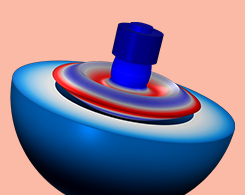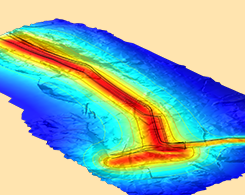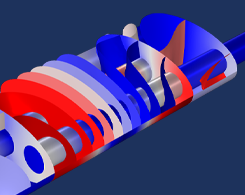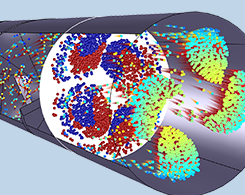Latest Posts

The North Pole Models Product Distribution Challenges for the Holidays
Today, a guest blogger from the North Pole discusses using simulation to find out if his boss will be able to fit down all of the chimneys this holiday season.

2020 Isaac Newton Medal and Prize Awarded to Nader Engheta
Get an overview of the Isaac Newton Medal and Prize — and the optical physicist who won this year.

Keynote Video: Rapid Prototyping for Sonar Systems
Engineers at Northrop Grumman follow a 4-part rapid prototyping design phase: Design, manufacturing a prototype, testing and design verification, and manufacturing of the final design.

Investigating Magnetic Field Exposure Near Transmission Lines
Electromagnetics simulation can be used to predict and investigate magnetic field exposure around power transmission lines and other electrical infrastructure.

5 W’s for 200 Years of Electromagnetism
Fun fact: Hans Christian Ørsted originally studied pharmacology and philosophy before he went on to discover the connection between electricity and magnetism.

How to Run COMSOL Multiphysics® from the Command Line
Did you know that you can run repeated variations of the same COMSOL Multiphysics® model file from the command line — and automatically export data?

Generating Microsoft® PowerPoint® Slideshows from Your Models
Did you know that you can generate slideshow presentations of your model results in the Microsoft® PowerPoint® format as of COMSOL Multiphysics® version 5.6?

What Formulation Should I Use for Particle Tracing in Fluids?
The COMSOL® software gives you 4 equation formulation options when modeling particle tracing in fluids: Newtonian; Newtonian, first order; Newtonian, ignore inertial terms; and Massless.
